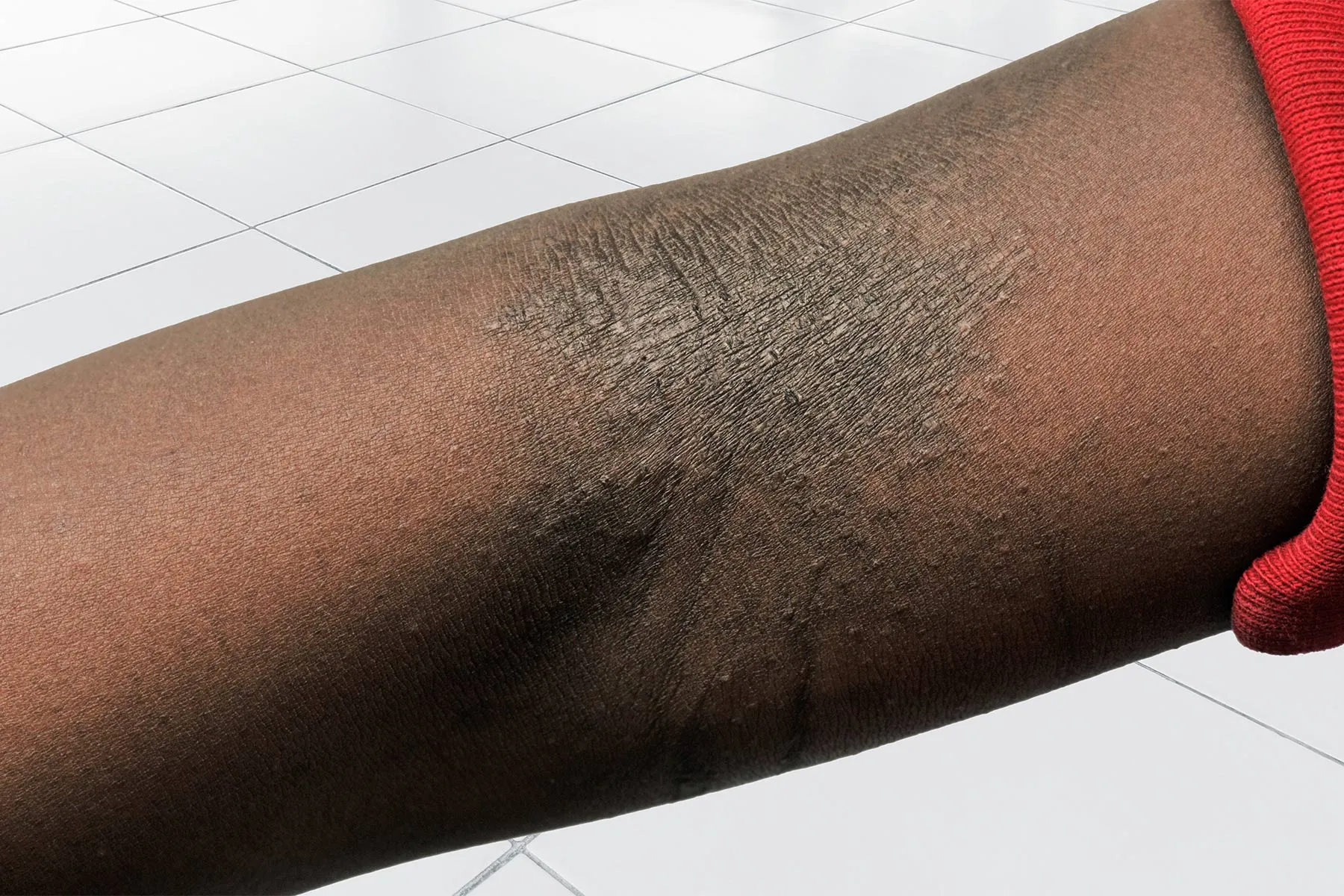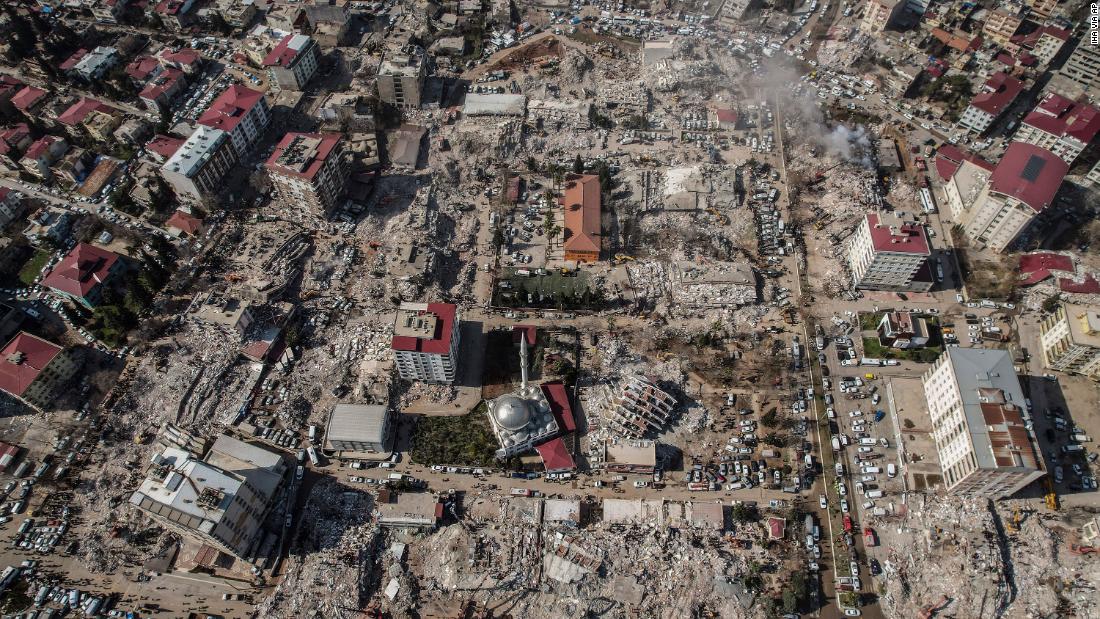Violent Crime Highest in Poor Urban Neighborhoods: Study
Affluent white communities have largely escaped the spike in homicides and assaults, according to a study of 13 cities by the University of California-Davis Violence Prevention Research Program. Researchers said racially and economically segregated neighborhoods, which were hit hardest during the pandemic, have borne the brunt of the violence.

The rise in violent crime across the U.S. has been concentrated in “low-income communities of color” which have disproportionately experienced the impact of school closures and reductions in basic services during the pandemic, according to a study by the University of California-Davis Violence Prevention Research Program (VPRP).
The first-of-its-kind study adds a different perspective to the narrative suggesting America is confronting a new crime wave as a result of liberal, “soft-on-crime” policies enacted over the past two years.
Homicides and other types of violent assaults have recorded their highest levels in decades, although nonviolent crimes — such as robbery —have continued to decline.
The double-digit increases still leave the overall national violent crime rate well below the peak of the 1990s.
“This study adds to the mounting body of research showing that…the greatest burdens of violence are shouldered by our most marginalized and economically vulnerable neighborhoods,” said Shani Buggs, an assistant professor with the VPRP and co-author of the study.
Buggs said the study’s findings were more evidence that racial and economic segregation increased vulnerability to violent crime, and showed that “equal opportunities — including the opportunity to live, work, learn, play, and worship free from violence — are not afforded to all Americans.”
The study, conducted in 13 U.S. cities over the first five months of the pandemic, found sharp differences in crime victimization between low-income, “at-risk” neighborhoods and affluent communities.
“Although research has demonstrated increases in violence in US cities during the COVID-19 pandemic, no studies have, to our knowledge, documented among whom or where—in cities—the burden of violence was highest,” the study said.
The researchers used zip-code level data from American Community Survey to measure racial and economic segregation
“Zip codes with higher concentrations of low-income Black people and people of color experienced substantially higher rates of violence from March to July 2020 than did zip codes with higher concentrations of high-income white people,” said Julia Schleimer, the lead author of the study and a research data analyst at VPRP.
Significantly, the findings also showed that other types of crime, such as rape and robbery, had declined across all zip codes, irrespective of ethnicity or income—data which is reflected in other studies this year by the FBI and other sources.
Schleimer cautioned that “the overall decline in robbery and rape may be real, or it may be an artifact of changes in reporting.”
She added, “For example, shelter-in-place orders may have reduced stranger rape or limited victims’ ability or willingness to report intimate partner rape.
“Research is needed to understand the drivers of these trends.”
Since the study was completed, other figures have shown that the rate of increase in violent crime has declined significantly.
But the findings offers an early snapshot of the impact of the pandemic on crime rates, a topic that has drawn increasing attention from researchers.
The national decrease in violent crime rates over the past decade has eluded at-risk neighborhoods, where violence and poverty have continued to intersect.
“The pandemic has only worsened these outcomes,” said Buggs.
The study authors said more research was needed to examine the factors driving this “disproportionate increase” in violence.
“For example, what impact has the closure of schools and community organizations had on violence in segregated and disinvested communities?” the authors wrote.
“The fact that homicide and assault, but not robbery and rape, rose disproportionately in disadvantaged neighborhoods suggests that these communities experienced disparate exposure to conditions during the pandemic that uniquely affected risk for these types of violence.”
Buggs said the study demonstrated the need to “significantly increase investments in the development, empowerment and healing of the communities most affected” by crime.
Additional authors on this study were: Chris McCort, Veronica Pear, Alaina De Biasi, Elizabeth Tomsich, Aaron Shev, Hannah Laqueur, and Garen Wintemute from VPRP.
Supported for the research was provided by the Joyce Foundation, the Heising-Simons Foundation and the California Firearm Violence Research Center.
The study, published in the American Journal of Public Health, is available for purchase here.

 Landwebs
Landwebs 




















